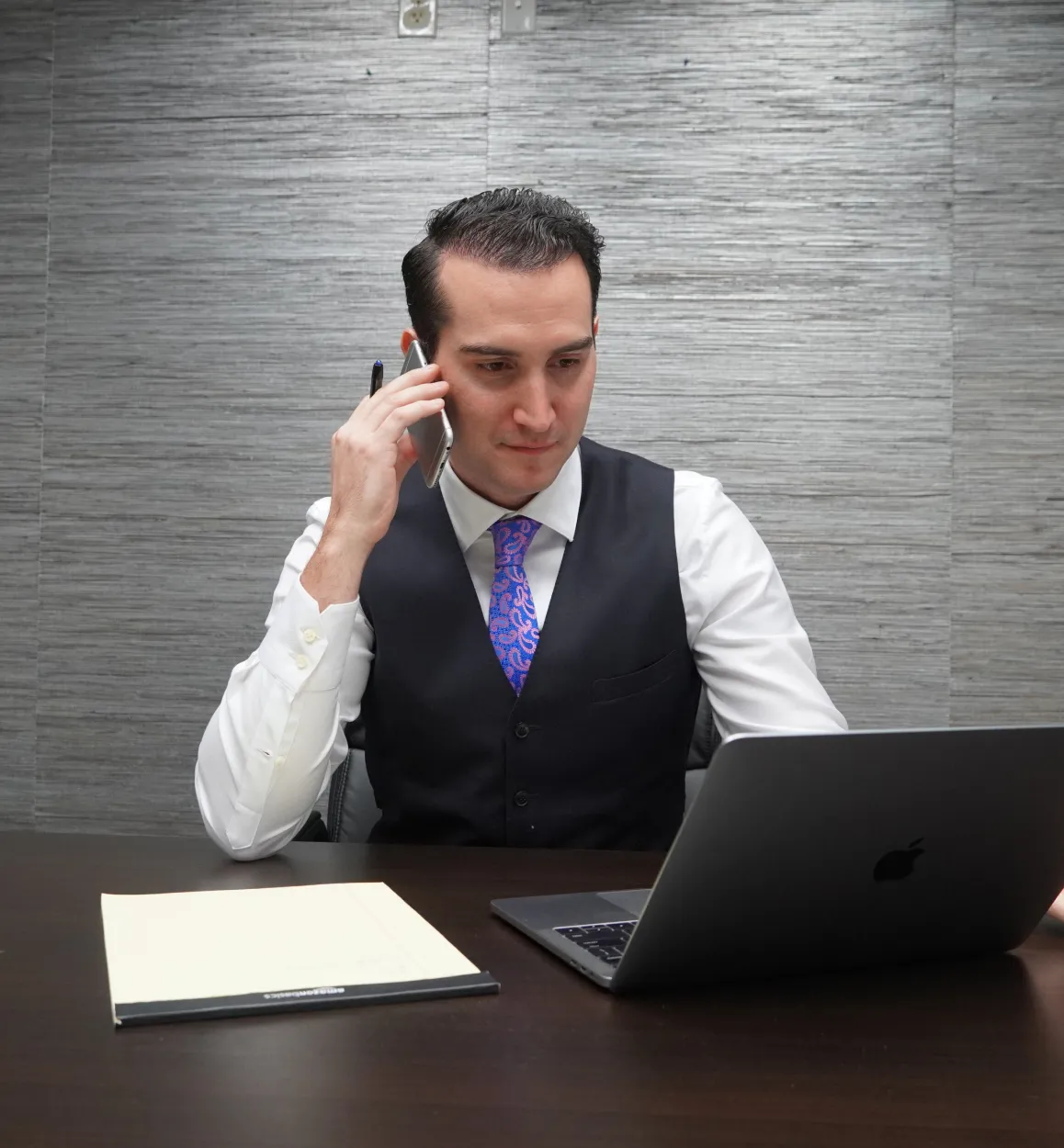
Salt Lake City Product Liability Attorney
We Fight for People Hurt by Faulty Products in Salt Lake City
Consumer products should go through extensive testing by the manufacturers to ensure that they are safe for use and not contaminated with substances that will harm the user. But, many companies like to cut corners with testing and product review, placing profits over the safety of their customers. If you have been hurt or developed a disease due to a malfunctioning or contaminated product, talk to our Salt Lake City product liability attorney. We help you understand your legal options and eligibility for a settlement. Call Strong Law Accident & Injury Attorneys today to get started. Looking for broader guidance? Visit our Salt Lake City personal injury page.
Salt Lake City Product Liability Attorney
We trust the products we buy in stores, from food to electronics, will work as intended, be safe to consume, and won’t harm us or our families. When something malfunctions and injures someone, or is contaminated and makes the person who ingests it sick, it’s often due to the product manufacturer’s negligence.
Product liability claims hold negligent manufacturers, designers, and retailers accountable for the harm that defective products cause to end users. The issue with the product that harmed you could be an inherently flawed design, a problem with one batch during the manufacturing process, problems during shipping that dangerously damaged the products, or improper storage at the retailer’s establishment (such as storing perishable products in a cooler that isn’t cold enough).
Our Salt Lake City product liability attorney helps people like you hold these major corporations accountable. We review the nature of your injury or illness, then recommend the right legal steps to take. This can include filing an independent lawsuit against the liable party, forming a class action or mass tort lawsuit representing multiple injured people, or joining an already established suit. We advocate for your rights and seek full damages for your medical care and other losses.
Why Our Experience Matters In Consumer Product Liability Claims
Consumer goods manufacturers have entire legal departments at their disposal, with the singular goal of protecting the company and its bottom line. Our firm is used to taking on tough, powerful opponents, and we’re prepared for a fight. At Strong Law Accident & Injury Attorneysa, we have extensive resources and decades of combined legal experience ready to put to work for you. Whether we’re litigating the claim in civil court or negotiating a fair settlement in mediation, we’re focused on getting you every penny you deserve.
- Our firm has a near-perfect score on Google and Yelp!
- We have a 98% win rate in court, with over 2,000 plaintiffs achieving a positive resolution to their claim
- Firm CEO Jed Strong is a former GEICO defense lawyer, with insider insight into how the defense handles claims like yours
For more information about your options after an injury caused by a defective product, contact our Salt Lake City product liability attorney for a consultation.
SALT LAKE COUNTY DEFECTIVE PRODUCT INJURY LAWYER
Defective drugs are among Utah’s most serious, most common, defective products. Economics is usually to blame. Drug companies spend about $2.8 billion on research and development before a new drug hits the market. These companies need to sell as many pills as possible to recover these costs and show a tidy profit. As a result, they often take shortcuts. These shortcuts hurt people.
Hazardous drugs are not the only danger. Other defective products include medical devices, household cleaners, and various other products, many of which are probably in your garage, closet, or pantry. Because a defective product can hurt so many people at once, the law holds manufacturers to a higher standard of care. More on that is below.
These companies have nearly unlimited resources and hire high-priced lawyers to contest these claims. Only an experienced Salt Lake City product liability attorney from Strong Law can level the playing field. Our team gets to work quickly, by evaluating your case and collecting evidence that supports your claim. Next, we assemble a team of top experts who convince jurors to award maximum compensation. Throughout the entire process, we proactively communicate with you, so you are never in the dark.
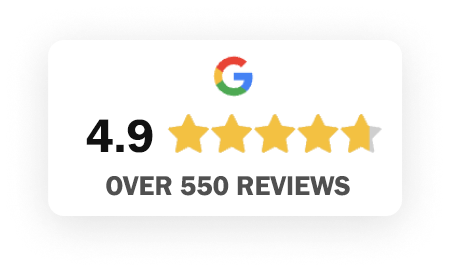
Contents

Why Choose Us
Defective product claims are incredibly complex. Usually, federal courts consolidate mass tort claims, at least for pretrial purposes. So, not just any Salt Lake City personal injury attorney can handle these cases. Instead, a Salt Lake County products liability attorney must have the right balance of:
- Accessibility: Overly accessible lawyers are a red flag. There is probably a reason the attorney has few clients and can meet you at the drop of a hat. However, victims should also avoid large law firms. These big firms often delegate most or all of the work in a case to non-lawyer paralegals.
- Dedication: Attorneys who only handle defective product claims often have narrow views of these cases. At the other end of the scale, victims should avoid attorneys who handle a few defective product cases on the side. Instead, a victim needs an attorney with the right combination of dedication and diversity.
- Experience: Many attorneys boast about their years of experience, which is an important trait. Unfortunately, many of these lawyers are only experienced in quickly settling cases and taking the uncomplicated way out. Once again at the other end of the scale, attorneys who insist on trials are usually poor negotiators. Victims need attorneys with advocacy and negotiating skills.
Our Salt Lake City defective product lawyers check all these boxes at Strong Law. Our 98 percent success rate speaks for itself.
Our lead attorneys, including Jed Strong, are not just pictures in advertisements. A senior attorney assumes direct responsibility for all the work done on your case. Additionally, our team is dedicated not just to defective product victims, but to all personal injury victims in Washington, Oregon, and Utah. Finally, we always prepare cases as if they will go to trial, but we also know how to negotiate favorable settlements as well.
How a Lawyer Helps
An attorney helps victims through every step of the pre-litigation and litigation process.
Foundational Matters
Dangerous drugs and other defective products often cause cancer and other long-term chronic, serious illnesses. So, we instantly connect victims with doctors who know how to diagnose and treat toxic exposure cancer, and other such diseases. These doctors ensure that victims get the treatment they need. These doctors also leave a paper trail which our Salt Lake County defective products lawyers can use to establish the number of damages in a case. More on that is below.
We always believe in trying the least-invasive method first. That means negotiating with companies before we file legal paperwork, to give these companies the chance to do the right thing. If they refuse to do so, we must take things to the next level, which means filing legal paperwork.
Determining Your Legal Options
Companies are strictly liable for the injuries their defective products cause. Evidence of negligence and recklessness is only relevant to the number of damages. Sometimes, our Salt Lake City defective products lawyers use the public nuisance theory in court. This theory, which has several moving parts, is the one many lawyers use in ongoing opioid lawsuits. Generally, however, we use two basic defective product legal claims.
Design Defect
Some people may remember the 1970s Ford Pinto. To compete against the other small cars that dominated the automobile market at that time, then-chairman Lee Iacocca famously told his engineers to design a car that did not cost a dime more than $2,000 and did not weigh an ounce more than 2,000 pounds.
The result was the Ford Pinto. To save money and weight, engineers put the gas tank outside the rear axle and did not cover it with any kind of protective layer. As a result, the gas tank often ruptured and exploded, even in low-speed rear-end collisions.
In a leaked memo, company executives decided paying lawsuit settlements was cheaper than making the Pinto safe. That is the classic example of putting profits before people and selling a defectively designed product.
Manufacturing Defect
More people may remember the 1990s Takata airbag saga. The first airbags appeared around the same time as the Pinto. By the 1990s, airbag technology had advanced rapidly, mostly because Takata built the ideal airbag.
Airbags are very well-designed. In a collision, the airbag must fully inflate in a heartbeat, but not explode. For decades, Takata used a stable chemical propellant that checked these boxes. However, this propellant was also expensive.
So, in the 1990s, Takata switched to ammonium nitrate. This highly volatile substance is the same compound Timothy McVeigh used in the Oklahoma City truck bomb. Ammonium nitrate is particularly unstable in hot, humid climates.
Predictably, Takata airbags began exploding during collisions, showering drivers with deadly shrapnel. The company then paid a huge fine and filed for bankruptcy. However, this saga continues. Experts believe that as many as fourteen million cars and trucks with defective Takata airbags are still on American roads.

We’ve helped thousands of accident victims like you
we win
98%
4.9
stars
over
2,000
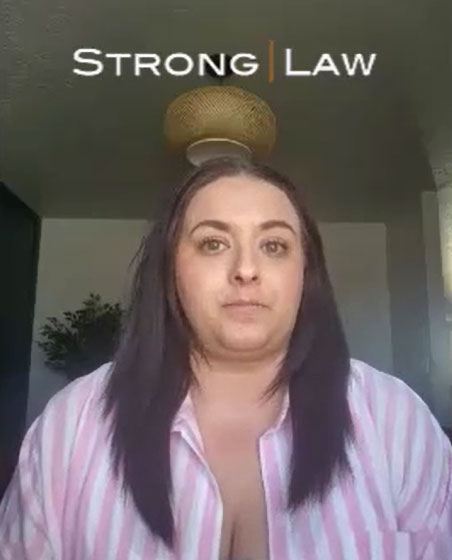
“Very professional, and treated me as an equal.”
"Just wanted to say thank you to Jed and his team at Strong Law. Not only was I happy with the outcome, but the entire process as a whole. I would definitely recommend this firm to anyone. Thanks again."
“Unbelievable work!”
"I had a claim involving my own insurance company. I tried to negotiate with them, and they completely denied my claim – two times. I then hired Strong Law, and the change was instant. The insurance company immediately began negotiating, and Jed was able to secure an unbelievably good settlement. I will never again attempt to take-on an insurance company without Strong Law in my corner. Thank you!"
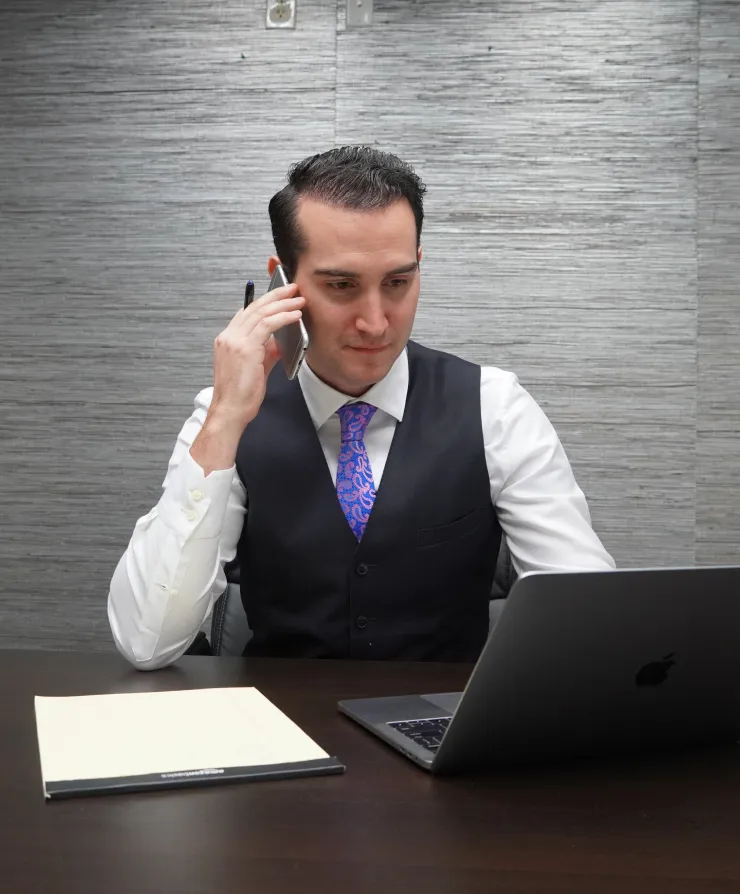
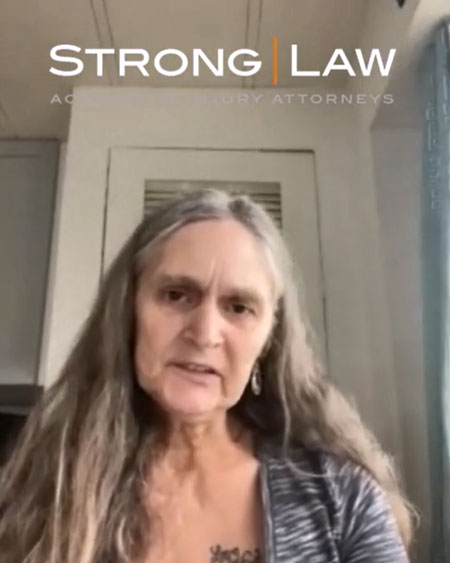
“I got justice and awesome compensation.”
"I hired Strong Law after my car accident. Jed and his team worked hard on my case. They were professional and compassionate through my surgery and as I recovered, and they were awesome on communication. I got justice and awesome compensation. I would recommend Strong Law to anyone in my situation."
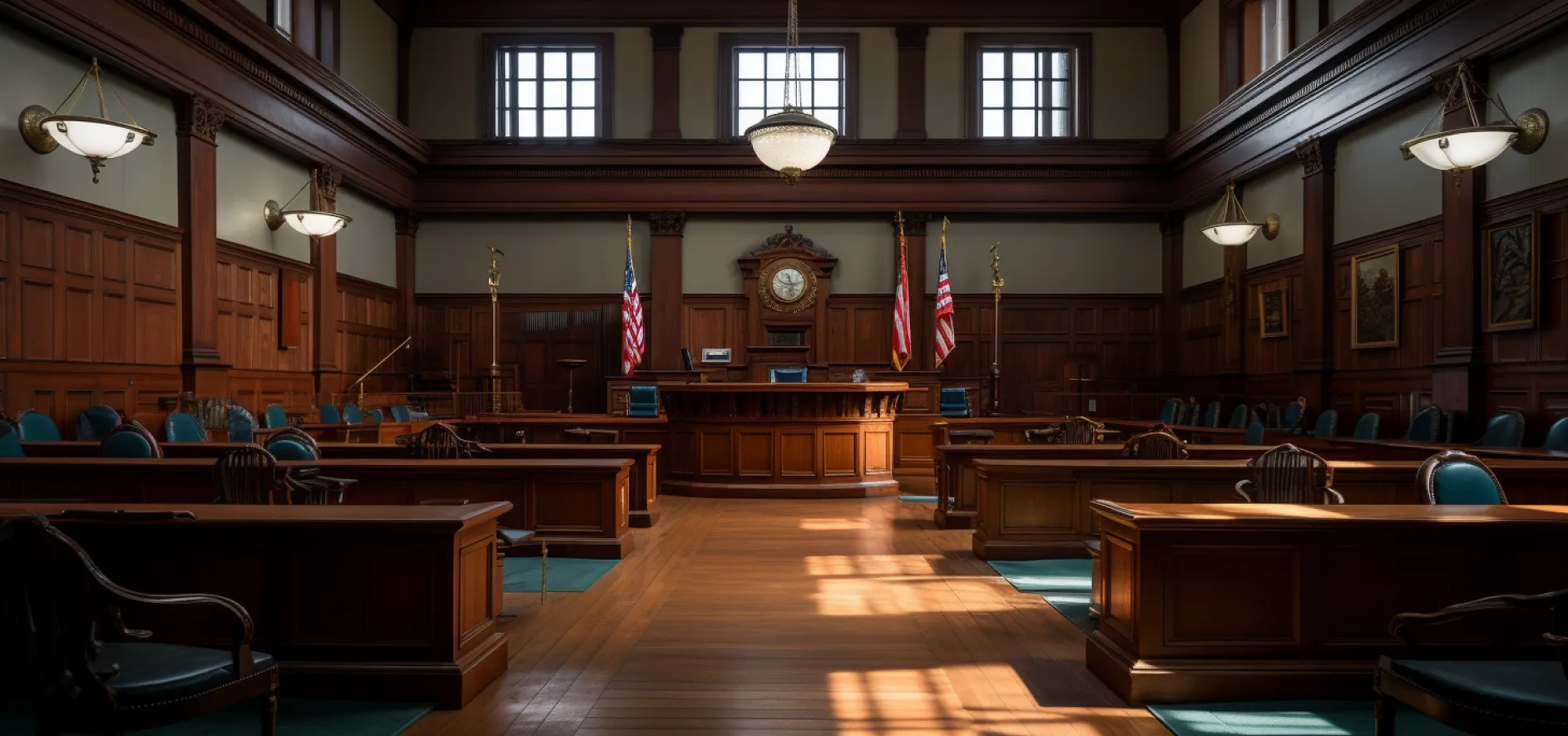
Frequently Asked Questions
Defective product victims who suddenly face serious chronic illnesses are understandably very confused about what happened to them. Answering a few frequently asked questions in one place usually clarifies this area.
What legally makes a product defective?
Design defects and manufacturing defects are the most common defective product injury claims in the United States.
A product has a defective design if it is unsafe. Some manufacturers do not include sufficient safety measures in their products. Other manufacturers, especially drug manufacturers, often put substances in their products without fully understanding, or caring about, the side effects of these substances.
Manufacturing defects usually happen when companies use cheap components. Manufacturers are usually responsible for any defects that occur during the manufacturing or shipping process.
Are companies liable for defective products?
Generally, companies are strictly liable for the injuries their defective products cause. This high legal standard usually means that victims are entitled to substantial compensation.
A few affirmative defenses, such as unforeseeable product misuse, are available in strict liability cases. However, these defenses only apply in a few situations.
Lack of causation is the most common defense in these cases. For every expert witness who testifies about a product’s hazardous nature, the company often produces another “expert” who testifies that the product is perfectly safe. So, only the most solid defective product claims hold up in court.
What is an example of a defective product case?
The Philips CPAP machine lawsuits are a good example of a defective product case. These machines, which sleep apnea victims use to get a restful night’s sleep, have a manufacturing defect that could cause cancer. Other recent examples of defective product claims include 3M combat earplugs and Roundup, both of which are design defect cases.
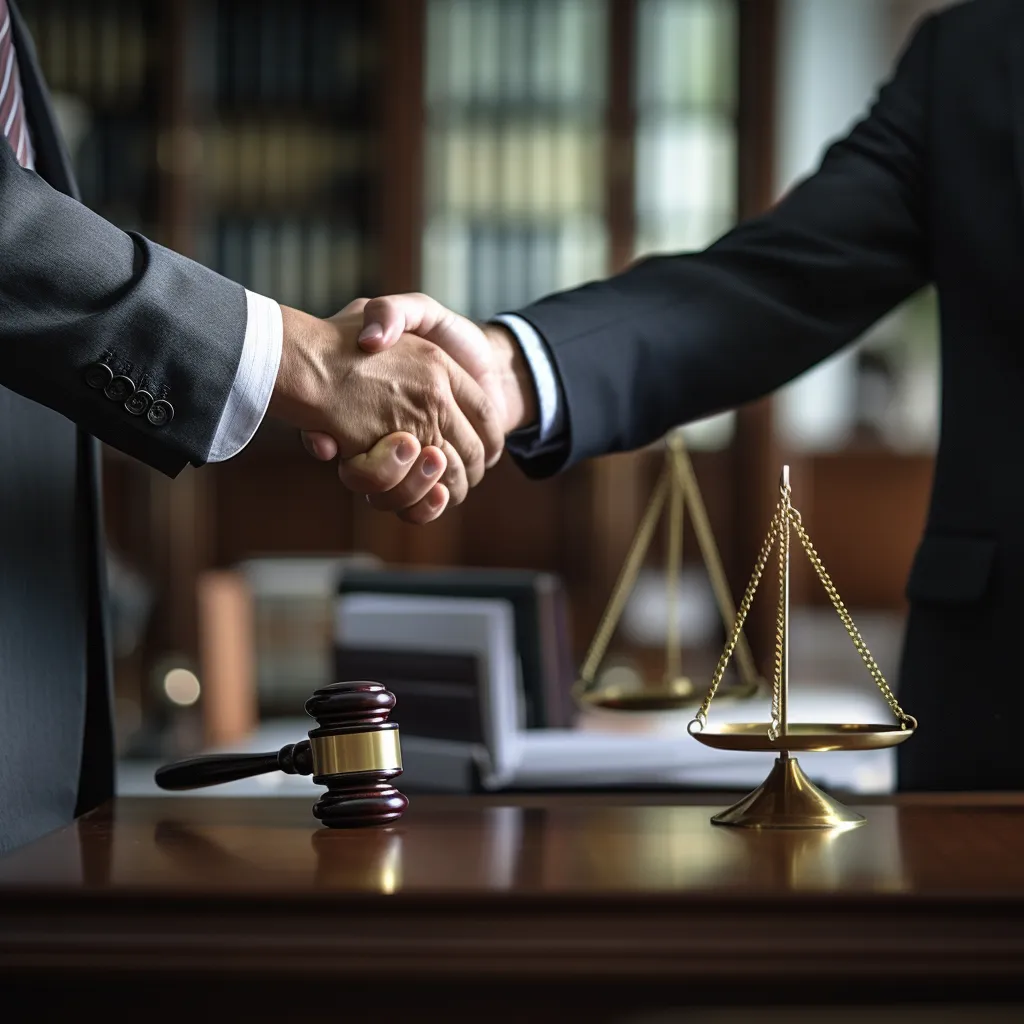
Building a Product Liability Claim
We usually start by collecting evidence that supports your claim. Causation is usually the key issue in defective product claims. Unless victims have substantial evidence on this point, their claims usually fail due to a lack of evidence.
Illness clusters are a good starting point. If many people who took Drug X develop cancer, there is a good chance that Drug X caused their cancer. Frequently, these companies know about these potentially serious side effects. But they suppress this information so they can continue selling pills and making money.
Cancer, and other such illnesses, usually have exceptionally long latency periods. Generally, by the time victims discover their illnesses, the injury statute of limitations, which is usually two years, has long passed. The discovery rule usually applies in these situations.
Assume Phil took Drug X for six months in 1990. In 2020, his doctor says he has cancer. In 2025, he sees a TV documentary about the link between Drug X and cancer.
In this case, the statute of limitations probably did not begin running in 2000 or even in 2020. Instead, the statute of limitations began running in 2025, when Phil knew the full extent of his injuries and he connected his damages with a company’s wrongful conduct.
The discovery rule varies in different states. Additionally, some states have a statute of repose that may cut off these claims much earlier. So, as soon as you learn about your illness and a possible connection to a defective product, it’s very important to contact a Salt Lake City defective products lawyer as soon as possible.
Next, as mentioned above, we assemble a team of expert witnesses that bolster the dangerous product-injury connection. Different states have different rules as to who qualifies as an expert. Usually, the expert must testify about facts, not theories, especially if those theories are not generally accepted in the scientific community. In most states, judges decide what experts are qualified to share their findings with jurors.
Determining Compensation
All this effort leads to maximum compensation for your serious injuries. Cancer and other serious illness treatments may cost tens of thousands of dollars a month. Additionally, most of these victims are so weak that they cannot work again. Compensation is available for all these economic losses.
Injury victims are also compensated for their emotional distress and other noneconomic losses. Usually, to determine such losses, a Salt Lake City defective products lawyer typically multiplies the economic losses by two, three, or four, depending on the facts of the case and a few other factors.
Additional punitive damages are generally available in defective product claims as well. Juries may award this compensation if there is clear and convincing evidence that the company intentionally disregarded a known risk. This punishes these companies and forces them to think twice before they put profits before people again.
Resolving a Claim
Most defective product claims settle out of court. Many of these claims settle during mediation, a process that occurs relatively late in the litigation cycle.
A third-party mediator, who is usually an unaffiliated Salt Lake City defective products lawyer, listens to arguments from both sides and then tries to engineer a settlement agreement. This process is about 90 percent successful in civil claims in Utah.
The nature of defective product claims makes the claims resolution process much more complicated and time-consuming.
As mentioned, most courts consolidate most mass tort claims. This consolidation could be pretrial Multi-District Litigation or whole trial class action litigation. Because of these additional complexities, an experienced Salt Lake City defective products lawyer is essential. Inexperienced lawyers who are unfamiliar with these processes quickly get overwhelmed.
Work With a Tough-Minded Salt Lake City Attorney
Injury victims are entitled to substantial compensation, which is not easy to obtain. For a free consultation with an experienced defective products lawyer in Salk Lake City, contact Strong Law at 206-737-3496. We routinely handle defective product matters on a nationwide basis.
Get your free
Personal Injury consultation
How Strong Law will handle your case
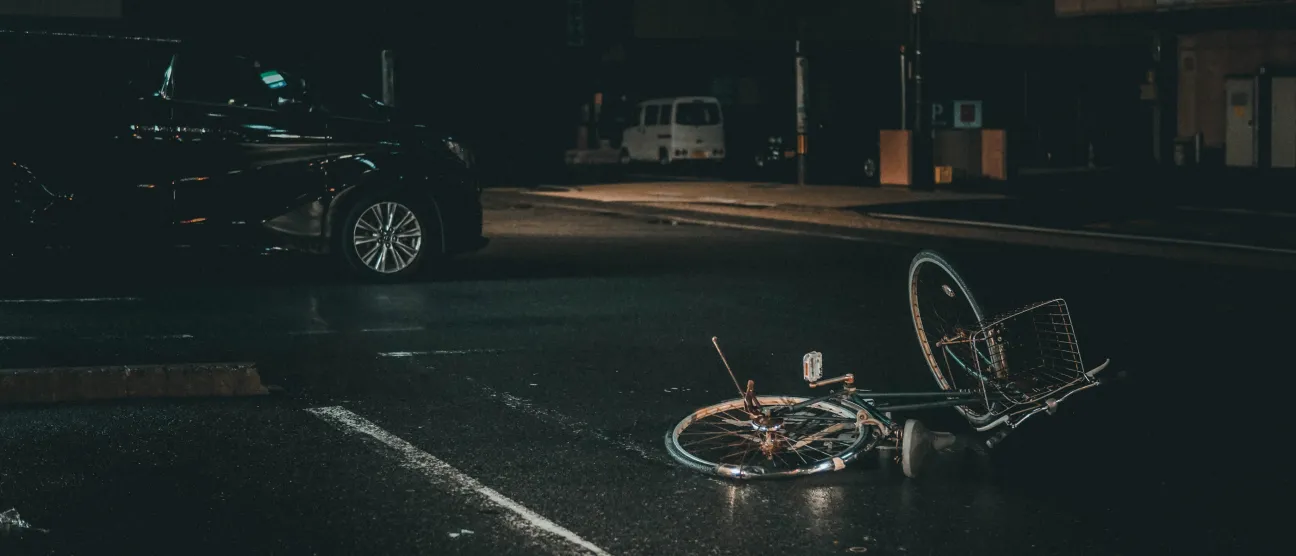
Gather evidence, interview witnesses, and assess the circumstances surrounding the accident to establish facts and liability.
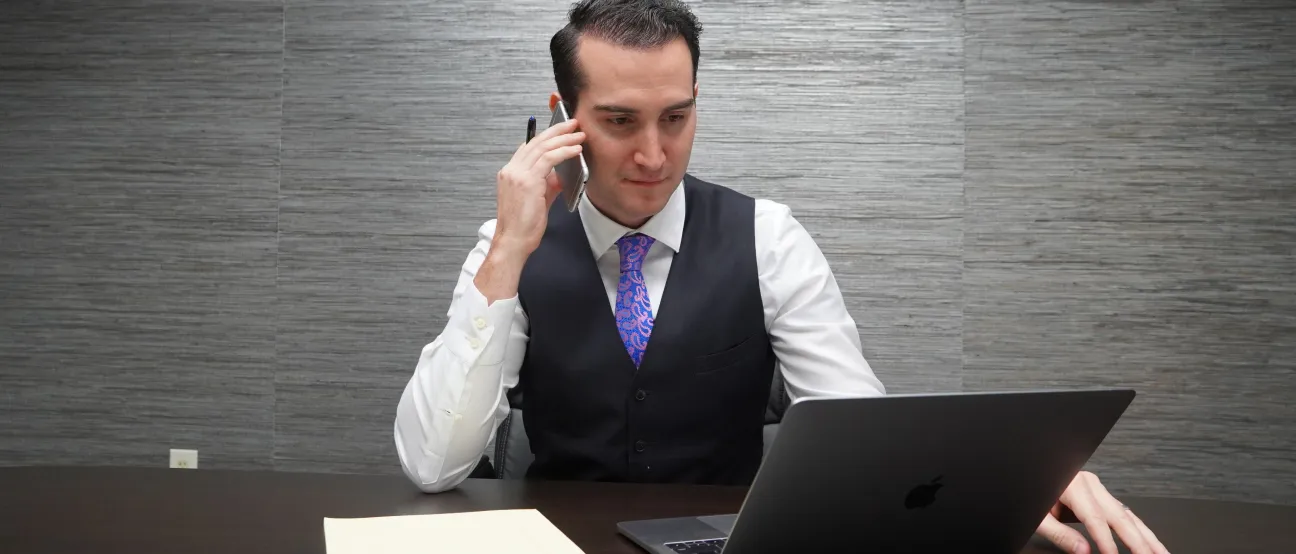
Determine the extent of damages, including medical expenses, lost wages, and pain and suffering.
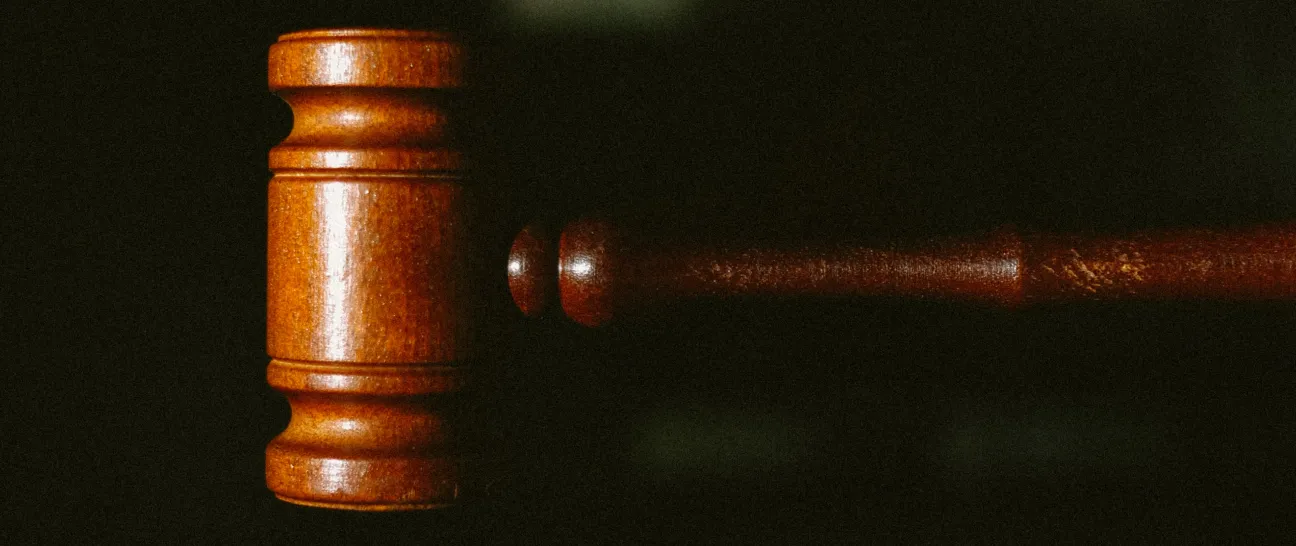
Engage in discussions with the opposing party or insurance companies to reach a fair settlement outside of court.
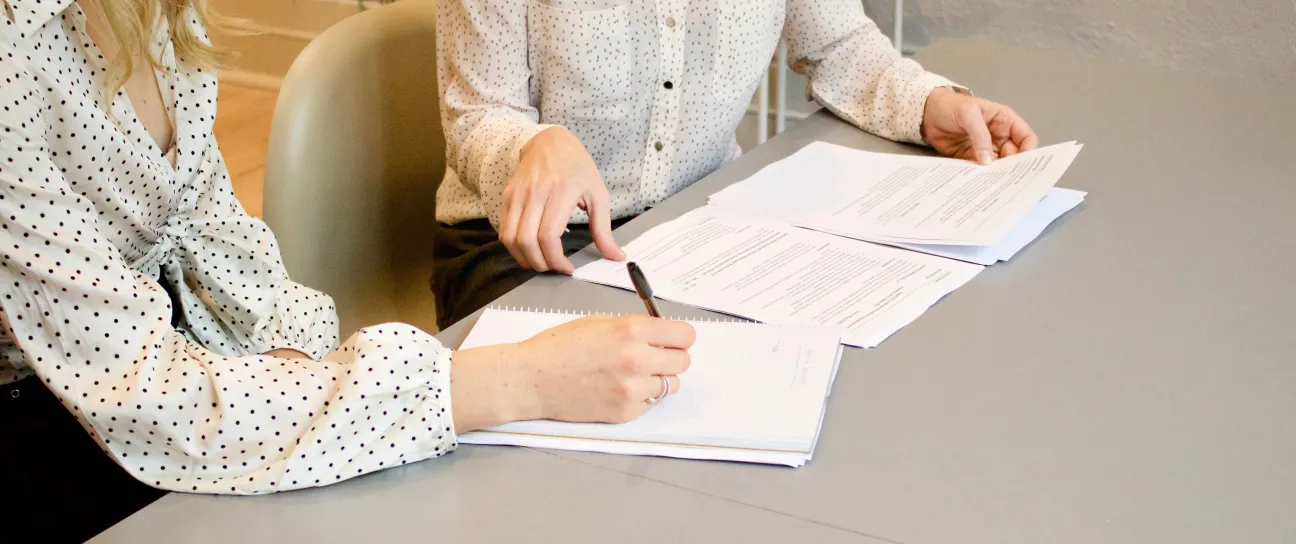
If negotiations fail, proceed to court where legal arguments and evidence are presented before a judge or jury for a final decision.
Insider experience
We Know How Insurance Companies Operate
Before founding Strong Law, attorney Jed worked as in-house counsel for GEICO, defending the very insurance companies we fight today. That experience gives us an edge when negotiating — and a strategy when litigation is necessary.

No upfront fees
Zero Cost Unless You Win
You owe us nothing unless we recover compensation for you. There’s no obligation to hire us after your consultation — and no hidden fees along the way.
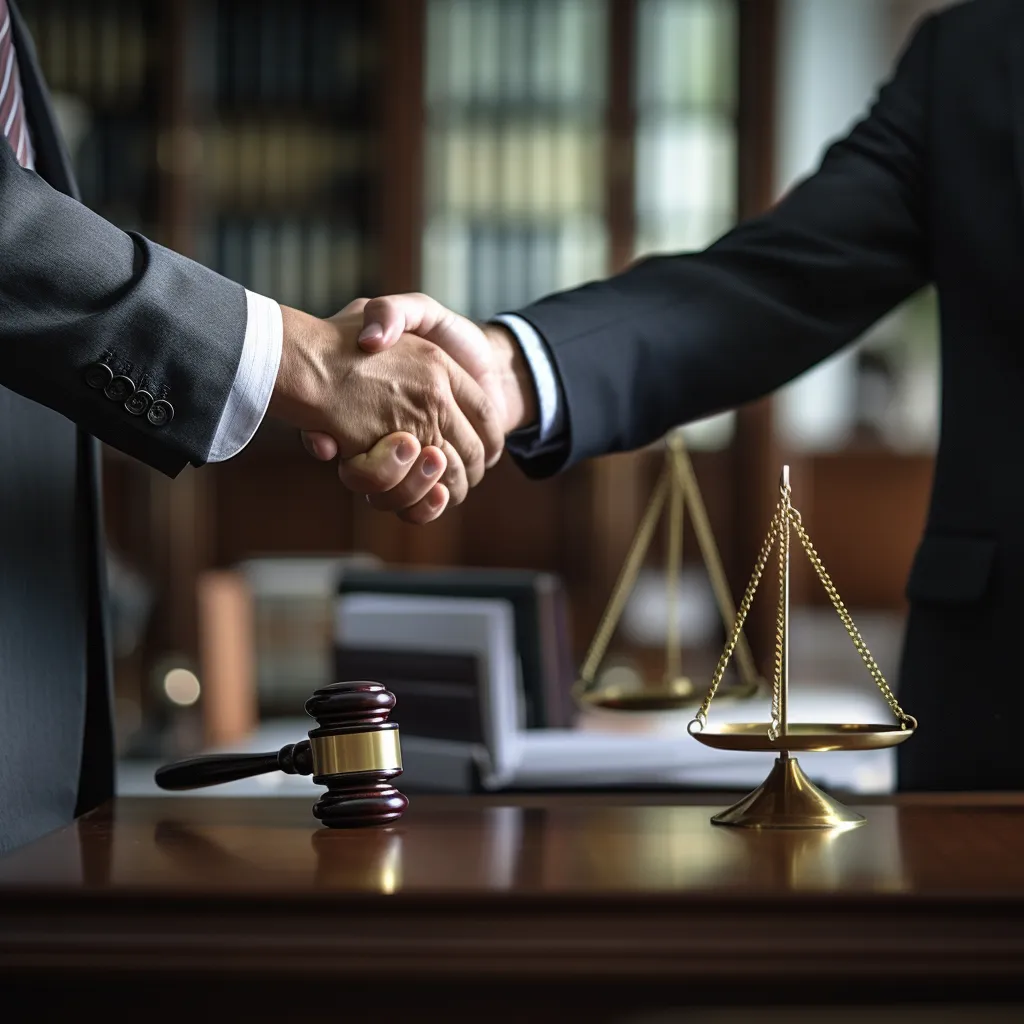
First-Class Service
Legal Support That Goes Beyond the Basics
Our team doesn’t just handle your case — we’re here to answer your questions, explain your options, and guide you through every step of the process with care and clarity.

start here
Get Your Free Case Evaluation Today
We’ll review your case at no cost and explain your options clearly. Our goal is to help you recover physically and financially — and pursue the full compensation you deserve.
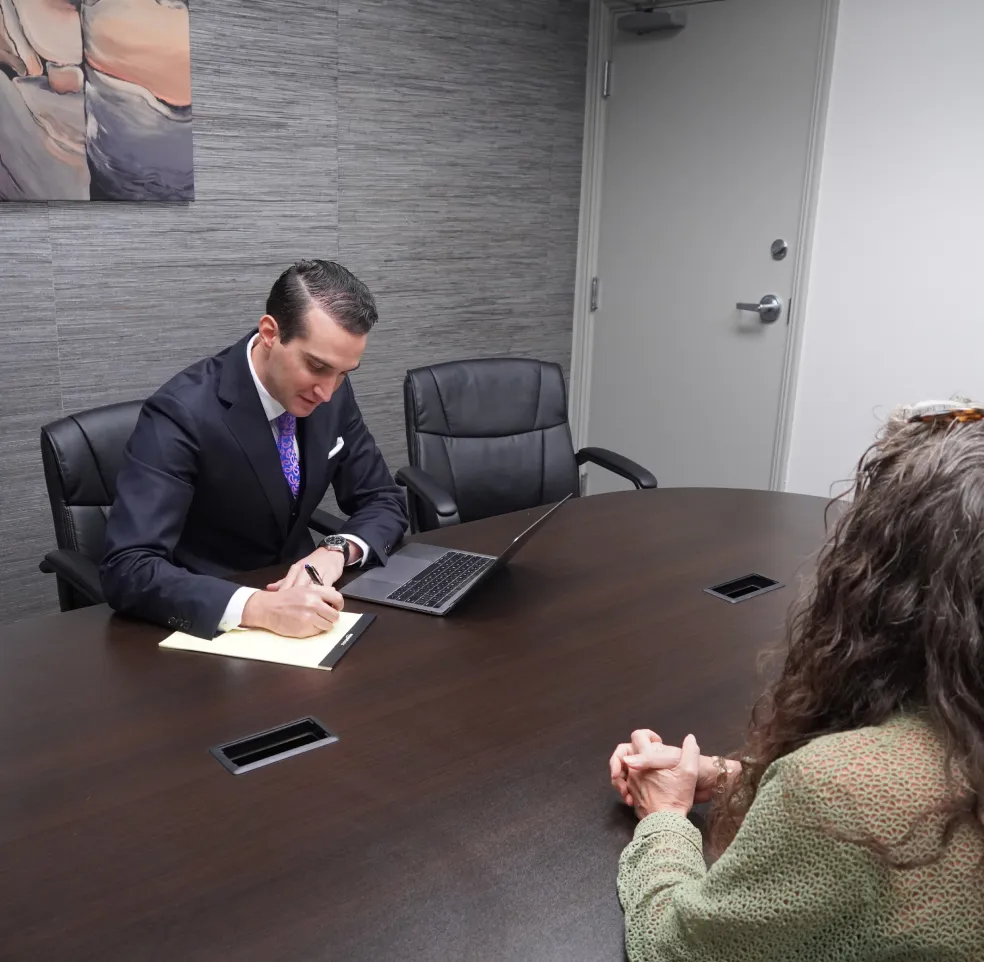
Frequently asked questions
Have other questions? Get in touch with our team at info@stronglawattorneys.com
What Is the Value of My Case?
What Are Your Hours?
What Kinds Of Cases Are Personal Injury?
Will I Be Charged To Consult Or Talk With You?
What Does Contingency Mean?
Can You Give Me An Assessment Of My Case?
What Should I Do If I’m Having Problems, Like Their Insurance Company Is Calling Me?
What Are Common Reasons For Insurance Injury Denials?
How Long Does A Case Take To Settle?
Why Can Cases Last Years?
Contact us
Our team is standing by to help you.
